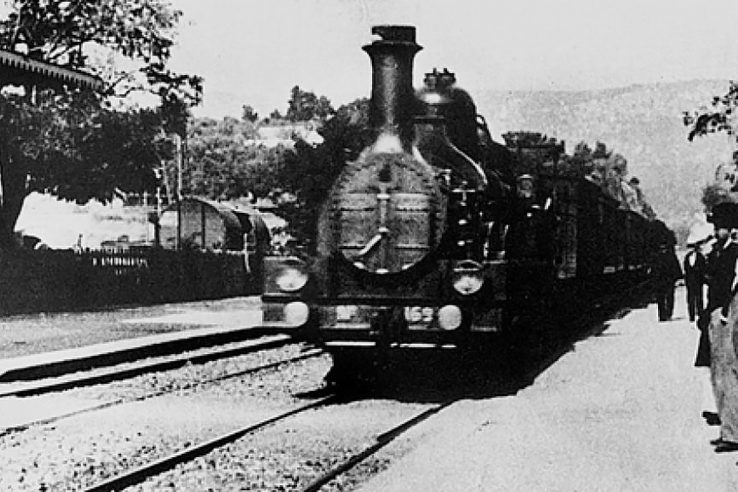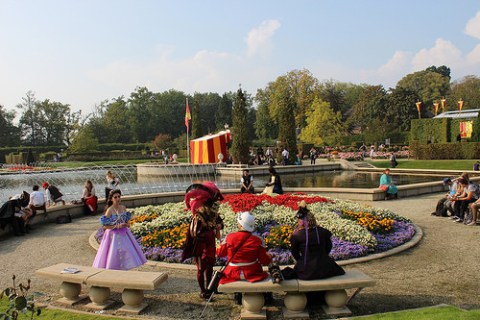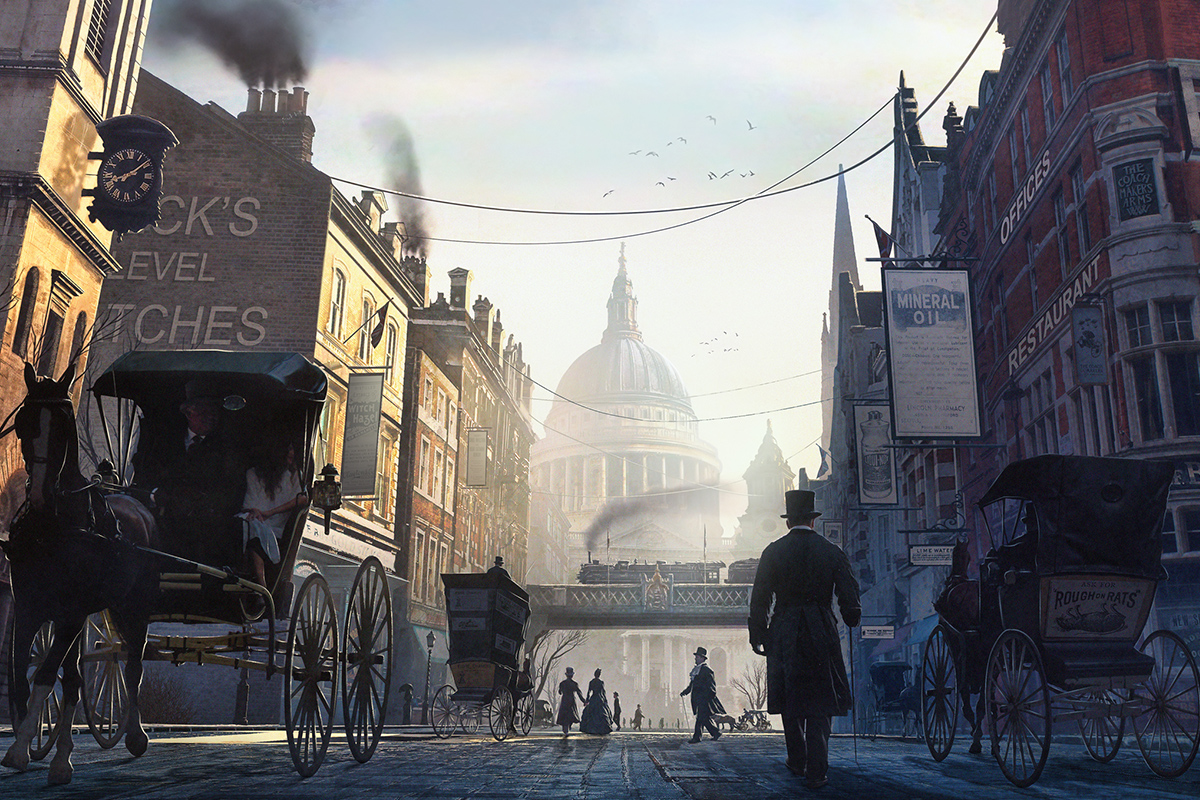In general, the history of cinema seems to be more significantly linked to dieselpunk and cyberpunk as opposed to steampunk. This isn’t surprising, considering cinema isn’t considered to have entered its prime until the 1920s, around the beginning of the “dieselpunk” era.
However, it’s important to remember that in 1895, the Lumière brothers held their first public film screening, some thirty years before the Golden Age of Silent Film.
The novelty of moving pictures
Those very first films were admittedly basic. Until Georges Méliès, most films amounted to simple documentary-like shots of people walking, vehicles moving, etc. These were all single-shot features recording directly from real life. Aesthetically, these films have very little available to discuss. Nothing really happens beyond the very simple description of “it’s a moving picture,” emphasis on “moving.” It is thus the audience that deserve the most of our attention and therefore why these early films can be seen as essentially steampunk.
There is a rumour that, while watching the Lumière Brother’s film Arrival of a Train at La Ciotat Station (1895), audience members believed the train approaching the camera was in fact about to ram through the screen and into the crowd. Legend has it that they fled from their seats in terror.
Of course, this is just a myth. Everyone knew the train was not a real threat — it was flat, black and white, soundless and started out as a stationary projection before beginning its motion.
However, the hidden truth to this myth is that this new technology was frightening and astounding. It wasn’t the train that scared people, nor did they flee the theatre, but they were shocked the moment that static projection begins to move, as if by magic. They had never really seen this before.
These first years of cinema were all about spectacle, which also lies to some extent in the appeal of steampunk. Both share an optimistic fascination with the rapid progression of technology. The same wonderment toward the scientific world that gave birth to such fanciful creations as the airship lies in the initial appeal of cinema. People did not go to the theatre to see “a good movie,” they went to marvel at the process itself.
The first special effects
It is then perhaps with even greater clarity that we can look at Georges Méliès and his infamous films, such as A Trip to the Moon (1905).
At this point, the pure novelty may have been dying out, but his films gave the media fresh life. No longer was it simply the spectacle of movement, but of the special effects, the tricks of the lens. Like a magic show, people knew the images before them were fabricated, but they didn’t always know how.
While his tricks seem basic now, such as jump cuts — where the camera is turned off, an object or person added or removed to the frame and then turned back on — they left audiences in awe. The Moon dwellers would seem to vanish in a puff of smoke when struck with a weapon. And by golly, they were walking about on the Moon.
Steampunk sensibility
Of course, such narratives also reflected a steampunk sensibility.
A Trip to the Moon is a story of space conquest at a time when such an event was merely a dream in the hearts of men. Like the moving picture, it represented something unworldly and incredible.
Perhaps they didn’t realize they might live to see man really set foot on the Moon, but as they sat there watching the projected likenesses of men move and gesticulate before them, they most likely thought to themselves, “Perhaps this isn’t so impossible a dream either.” Within them was a sense of both adoration and fear — technology was advancing exponentially. It was alive and moving.
For the first time in history, the sky really was the limit.






